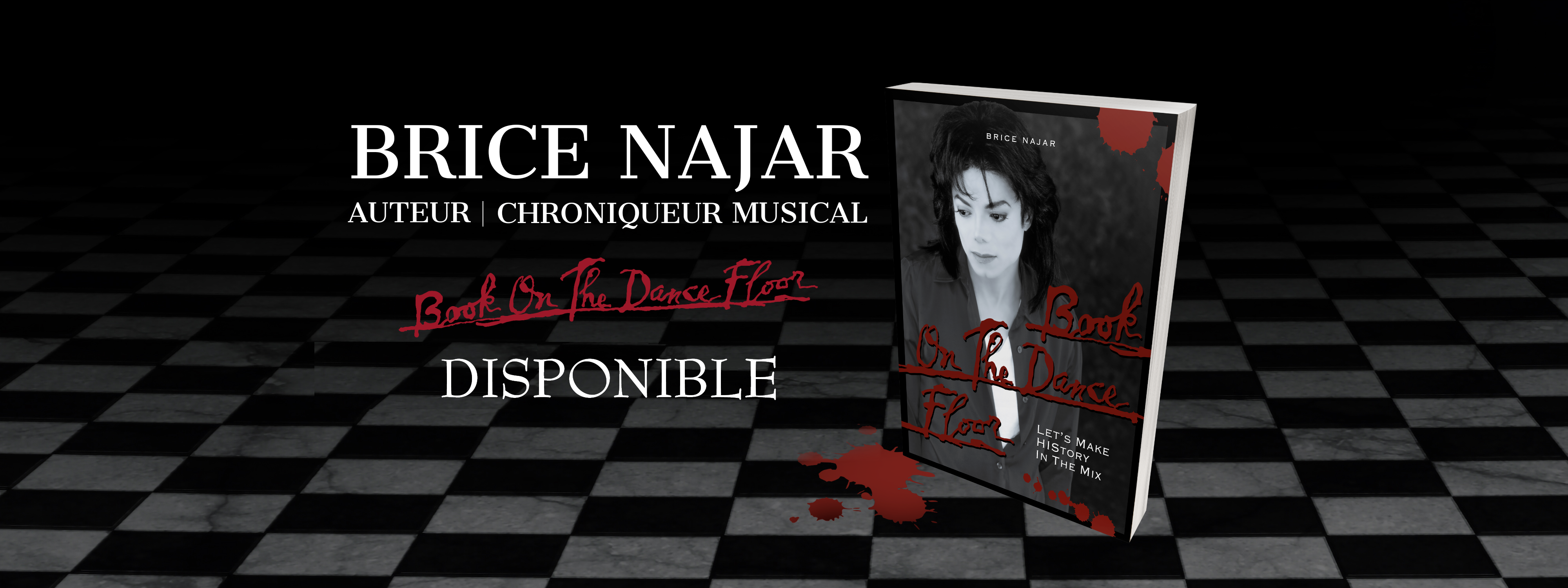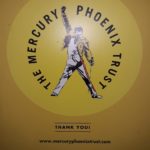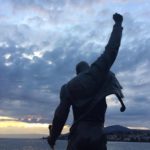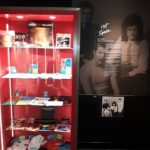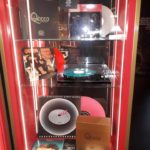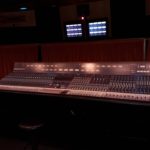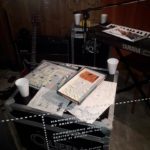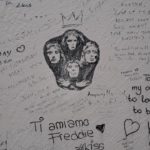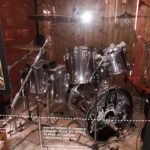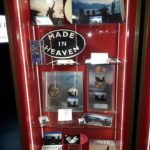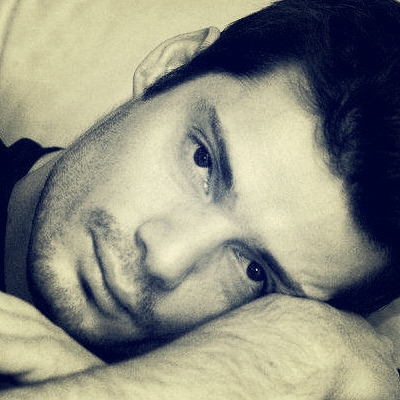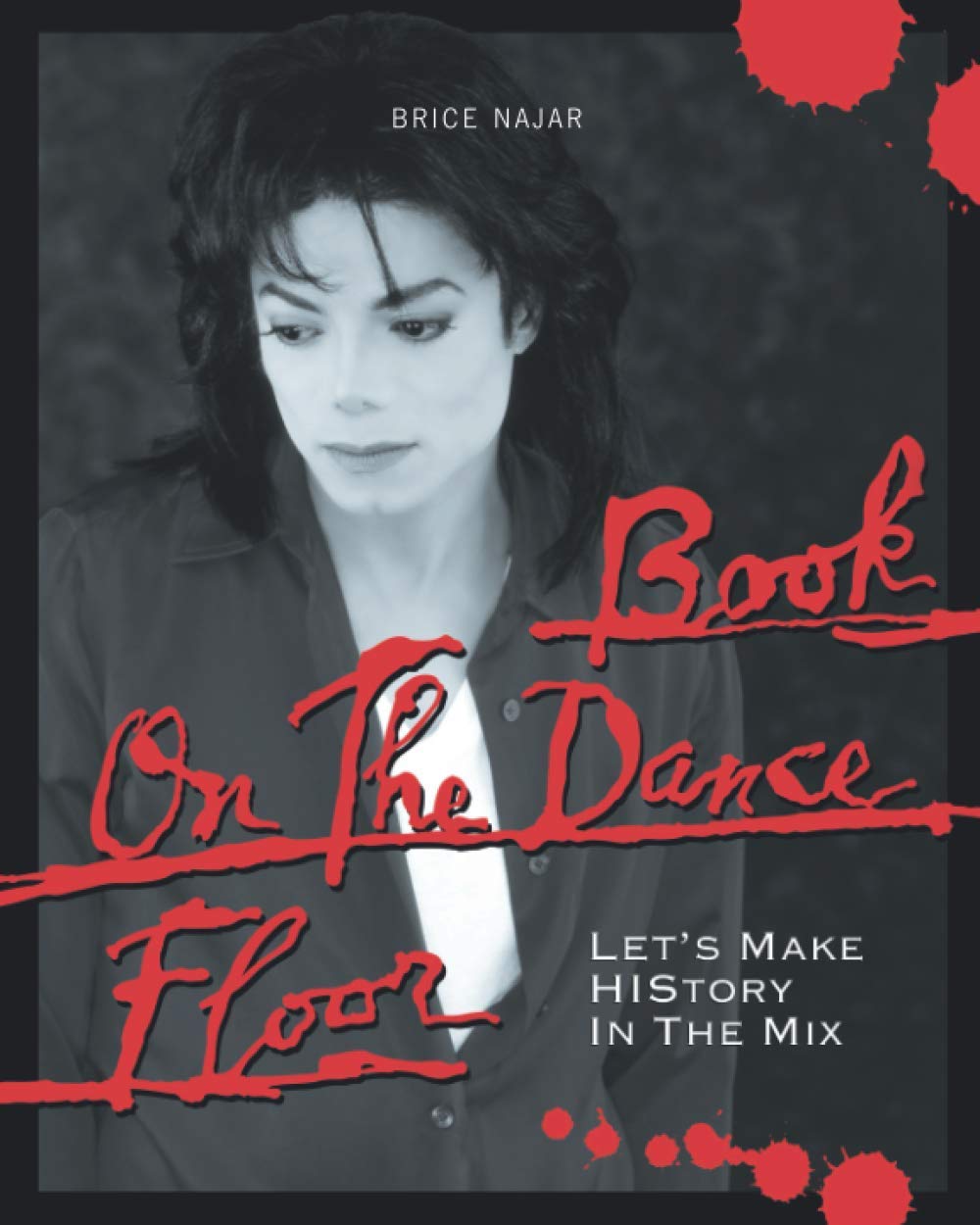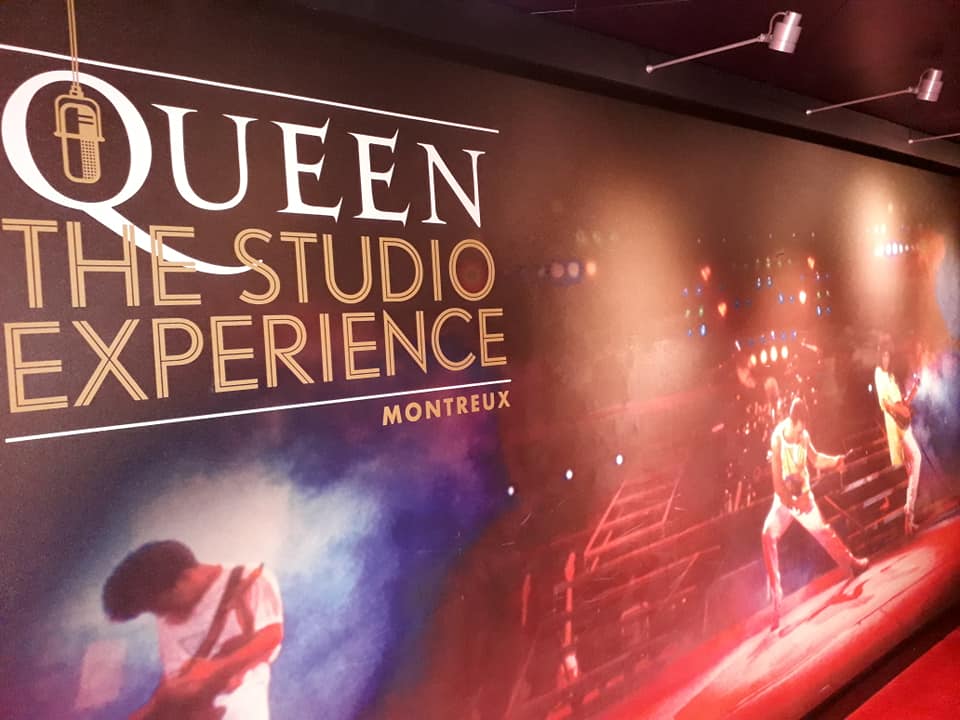
Queen : The Studio Experience, Montreux
Montreux, August 2018
The city of Montreux is a place that I really like but up to then, I had only enjoyed it during its famous Jazz festival in July. The atmosphere would seem different when visiting the Swiss city in August, but this was the context in which I was going to rediscover the place – without the crowd, the smell of French fries (although I love it …) and the sound of saxophones!
The setting sure looks different with a lot less people, and considering the fact that this time the numerous booths are no longer there to hide the view on Lake Geneva and the mountains. What we can mostly feel is calm and resting, so our vision and perception of this city can only be different. Time has less influence on us – no need to scrutinize the clock or follow the schedule like we usually do during the festival.
In that context, what else could I do but visit the city in a more detailed manner in order to try to understand why so many artists have loved this place, immersed themselves in it and get some of their inspiration from it. Among them was Freddie Mercury whose statue stands at the Place du Marché, on the shores of the lake. Of course, I had already seen that artwork on my previous visits, but this time I decided to go into the subject in depth and to explore the strong bond between the singer of Queen and the Swiss Riviera city.
It all started when the band came for numerous recording sessions at the Mountain Studios for their “Jazz” album in 1978. They were far from the “Sex, Drugs and Rock’n’Roll” atmosphere in this municipality of the canton of Vaud, but its tranquility and the sound quality of the studio had made the British band become very fond of it. Indeed, the following year, the group was back in Montreux to mix their “Live Killers” album, and that’s when they bought the Mountain Studios that they would keep until 1993 when their friend David Richards would take it over. That seemed like a natural handover since the latter was already the sound engineer in charge of the studio when Queen first came to Switzerland and he remained involved as an associate producer on every album they made there. In 2002 David would eventually move the Mountain Studios to Attalens, but no matter, the place was given a second life on December 2nd, 2013. That way, the soul and artistic world of Queen are ideally rendered in the museum “Queen The Studio Experience”, that was inaugurated by guitarist Brian May.
So I could not miss this place of pilgrimage for Queen’s fans and music fans in general. My GPS was kind enough to give me the directions towards the famous Montreux Casino and the opportunity to think about the fire that destroyed it in December 1971 at a Frank Zappa concert. A few miles from there, the rock band Deep Purple, watching the scene from their hotel, took inspiration from the incident to write and record “Smoke On The Water”. However, my mind was not on roulettes or slot machines, although it could have been my lucky day (even if I have never seen a casino going out of business…). Still I had my ID ready to prove I’m a grown-up in case I won the jackpot… but sorry, I am digressing ! The purpose of my trip is especially to appreciate this beautiful tribute to Freddie Mercury and to get the opportunity to immerse myself in the atmosphere of that studio which saw no less than seven albums recorded by Queen.
I am not yet inside the casino that the visit has already started. On the outside, the original wall as well as the entrance door at the time (which is now sealed off) are covered with messages from fans. They have come from all over the world to write on that wall, and we can feel all their passion and some kind of relief to be able to express their love for their idols. We can also see many drawings from talented people, birthday messages and wishes to Freddie, and a few references to the discography of the group. Of course I also notice some messages from Michael Jackson fans – you are who you are, you know ! For a little HIStory, the King of Pop came here for some sessions of his “Blood On The Dance Floor” album in January 1997. Those first moments of my visit are very pleasant and full of human warmth. That wall is a place of recollection allowing fans to express themselves but also to be active visitors of “Queen The Studio Experience”.
I end up getting inside the casino, as I am eager to discover the content of the exhibition with a mixed feeling of curiosity and impatience. I immediately go on the left, guided by a few pieces of memorabilia used as appetizers to the program – a few showcases containing merchandising, an outfit worn on stage and a Flash Gordon pinball (to which Queen had recorded the soundtrack). I also notice a bass drum with the acronym of The Mercury Phoenix Trust standing as a big money box. It should be noted that the visit of the museum is completely free but a donation from each visitor is welcome. It could help the foundation that was created to fight against a plague that is still topical nowadays – I mean, AIDS.
I take the time to appreciate the cover of “Made In Heaven” and an enlarged concert photo before I finally go inside the museum, guided by Freddie’s voice that ideally serves as background music. And here I am about to discover the story of each of the seven albums recorded by Queen in those Mountain Studios. As we go, each album is chronologically narrated on the walls in the form of timelines. Thus, I learn that Freddie got the idea for the song “Bicycle Race” by attending the Tour de France (which was going through Switzerland in 1978…). Same thing for “Under Pressure”, born after an improvised night-long session with David Bowie who was just paying the band a visit. These are just glimpses of the many stories that make the connection between Montreux and Freddie’s band, and we can only enjoy immersing ourselves in Queen’s world in that context and admiring the many glass cases that contain some real treasures – various authentic stage costumes, a few vinyl records and many handwritten notes. I feel like a little mouse, luckily passing through as the group is in full swing. I scrutinize the numerous pictures taken during sessions and I wonder if the members of Queen were aware that they were contributing to the history of music at that time.
Instruments are not left aside since we can also admire Roger Taylor’s drums. That was actually the one he played on their memorable performance at Live Aid in 1985 (at that time I was a first year pupil, but you don’t care about it, do you?), known as one of the most emblematic of the British band ! Of course, a bass that John used to play and one of Bryan’s guitars are there too but I also notice a Yamaha synthesizer that served as a major tool for composing. That was particularly the case for the hit “Who Wants To Live Forever”, as the museum information tells visitors. An ashtray is near an amplifier (Freddie was a chain-smoker!) and a game of Scrabble (which member was the winner?!) enhance the scenery to make people immerse themselves even more in the intimacy of the group. In the world of the gods of music, it is good to add an ounce of humanity to remind us that they are very simple people after all.
The visit continues in a small cinema with a mini-documentary broadcasting some images of the band in the Swiss city as a way to confirm that all this truly existed at some point (while many fictions are not so romantic!) and that we can closely experience the story in the studio by touching it with the fingertips.
I kept the best for last and now head to the mixing console in the recording room for optimal listening. On the floor is a plaque saying that Freddie stood there to record “Mother Love”, his last composition. I then notice an analog tape recorder – it is called a Studer and makes it possible to use 24 tracks to record. Then I check a few other machines, but as a novice I can’t really figure out their exact functions. No matter, I decide to sit at the mixing desk and choose the song I’m going to listen to. It is a faithful reproduction of the original one but its functions are limited to the mixing of some tracks with recorded voices and instruments. Nevertheless, this is a quadriphonic sound equipment and I’m ready to enjoy “Made In Heaven” with an introduction by Roger Taylor suggesting to highlight the battery in the mix. At that moment I can feel the atmosphere of the posthumous album of 1995, with the passion for music and the remembrance of Freddie spending a lot of time within the confines of that studio during the last months of his life. In 1991 the “Innuendo” album had just been released when the leader of Queen, knowing he was terminally ill, wanted to leave the group with the most material he could give them. That is the special atmosphere visitors can feel, as if his soul still wandered in “Queen The Studio Experience”. We can only advise every single fan to visit it and make some kind of a pilgrimage.
My tour of the museum is coming to an end and it is always difficult to leave a place that we appreciate and where we feel good. I want to extend those moments in Freddie’s world and I decide to go to the property he rented near Montreux in the 80s. The same morning, I managed to locate the building where he had bought and renovated a flat at the end of his life. With the visit of the “Duck House” (facing Lake Geneva and its ducks, of course) we will come full circle! I then drive (but not race because I have learned how to beware of speed cameras in Switzerland…) to Clarens, a town bordering Montreux, and fortunately, the address mentioned on the internet is correct! This Rue du Lac is aptly named, indeed! Nowadays, the place is a private property belonging to a doctor who does not necessarily want people to ring at his door and play a scene of the Imaginary Invalid ! Well, I have to take on another role, that of an apprentice paparazzi for a few pictures as a tribute to the cover of the “Made In Heaven” album. Heading to a nearby parking space (oh, what a beautiful Porsche car ! No, don’t scratch it…?!), I manage to take a picture of the famous boat garage but I can’t do any better than that. I would have loved to suggest to Bryan, Roger and John to come back and strike the pose but they are so busy with their own schedules, you know…
No matter, I managed to prolong my adventure to its very end, and with that feeling of satisfaction, I can now deeply enjoy the air of Switzerland. Freddie was right to come here to recharge his batteries : thanks to him for guiding us so far… And like our friend Schwarzy used to say in “Terminator” : “I’ll be back!”
http://mercuryphoenixtrust.com
